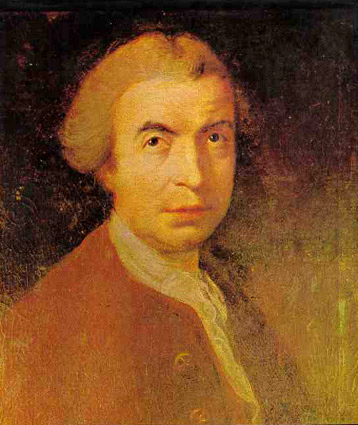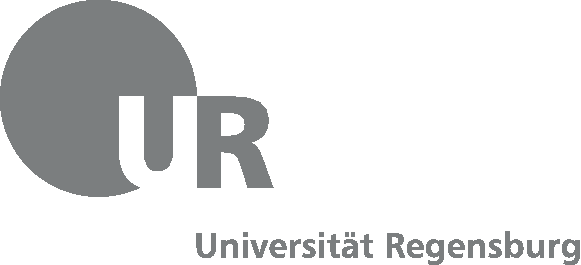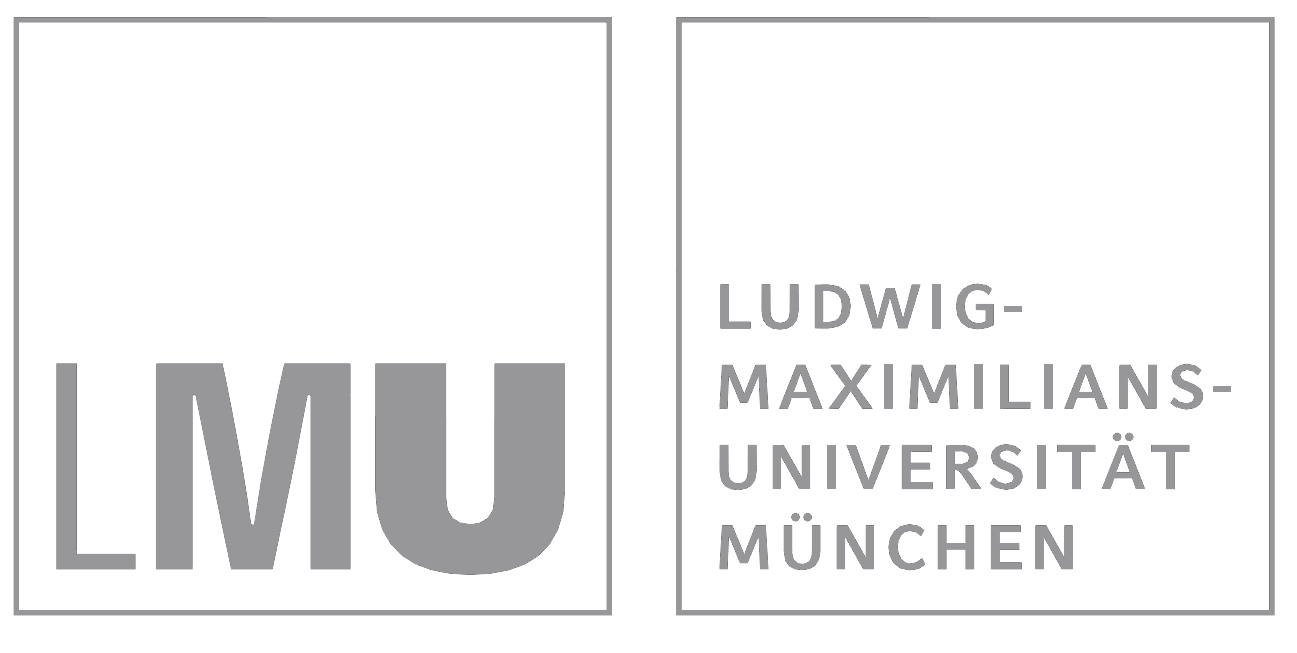Original or Pupil? Possible applications of Artificial Intelligence in attribution issues using the example of the Rembrandt Research Project
Veröffentlichungsdatum: 21 Feb 2023 12:09
Zitierbare Links:
URN: urn:nbn:de:bvb:355-kuge-601-9
Download:
| PDF Download (6MB) Sprache: English |
Durchschnittliche Beurteilung
Ihre Beurteilung
Abstract (englisch)
Artificial intelligence (AI) has hardly been used by art historians to analyze works of art. In this study, we first discuss some of the reasons for this. Most importantly, we show how the methods and procedures of Machine Learning, a subfield of AI, among other analysis techniques in this branch of science, can support experts in their work. To this end, we trained an ensemble of Convolutional Neural Networks (CNNs) with 2.258 works by Rembrandt and 14 students of this baroque workshop painter. Using this model, we tested as an example 15 decisions of the Rembrandt Research Project (RRP), an interdisciplinary research effort by numerous art experts that has been ongoing for decades. In doing so, we applied an evaluation metric that ensures that the model's predictions are accepted only when they are very unambiguous. This results in the model being inconclusive in about one-third of the cases, but the prediction in the remaining two-thirds of the cases is much more certain and should be taken seriously. Overall, we were able to confirm most of the RRP decisions using this approach. In two cases, the model gives clear indications of most likely wrong rejections of Rembrandt originals. In another case, which to our knowledge has not been reviewed by the RRP, attribution should be seriously considered. In addition, we have developed an approach to evaluate the accuracy of art historians in attributing and rejecting works associated with Rembrandt - primarily to get an idea of the quality of the labels associated with the data, that is, the certainty of attributions to individual artists. We are explicitly not concerned in this paper with the generally common and, in our view, pointless comparison between human and Artificial Intelligence. Instead, we show how the results of AI procedures can give art experts hints for possible further investigations, even if these results are not completely unambiguous. To this end, we apply further analysis methods and algorithms from the field of computer vision to individual paintings as examples. This paper is explicitly addressed not only to AI experts, but also to art historians and other interested parties. For this reason, some procedures and principles of Machine Learning are treated in more detail than is usually the case in publications in this field.
Lizenz
Jedermann darf dieses Werk unter den Bedingungen der Creative Commons Namensnennung 3.0 DE Lizenz benutzen.





Rezensionen
Kommentare
Es liegen noch keine Kommentare vor.Möchten Sie Stellung zu diesem Artikel nehmen oder haben Sie Ergänzungen?